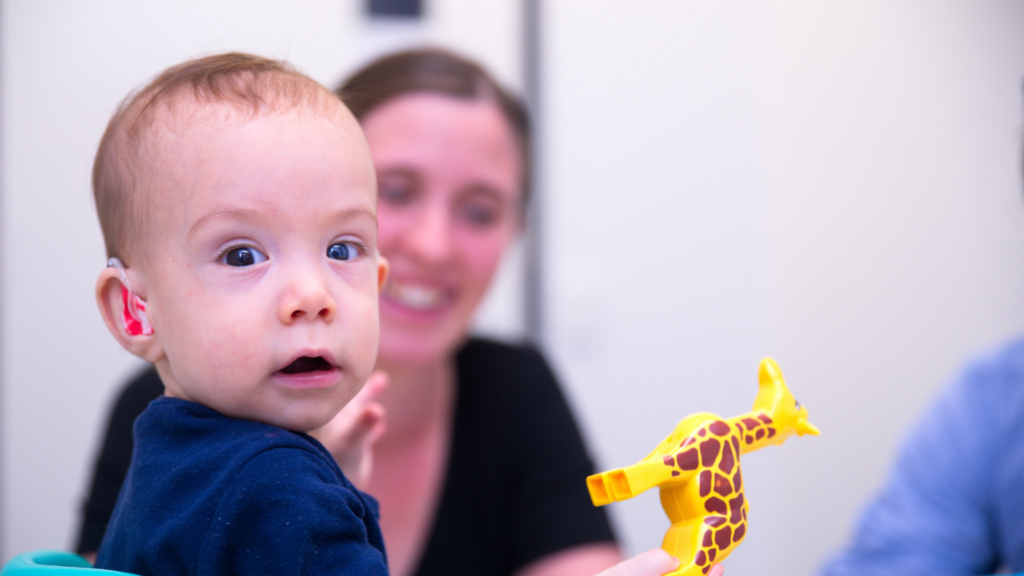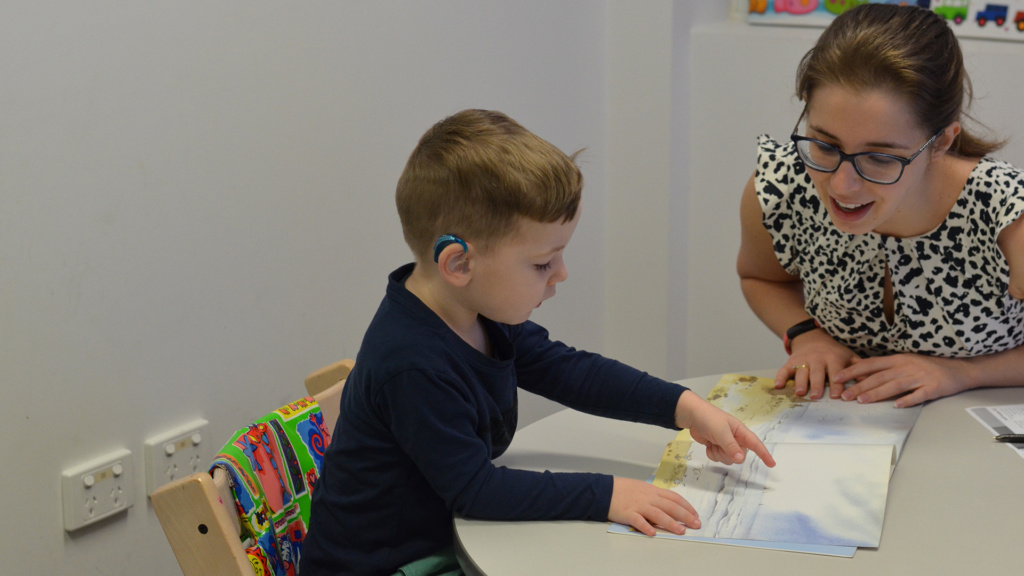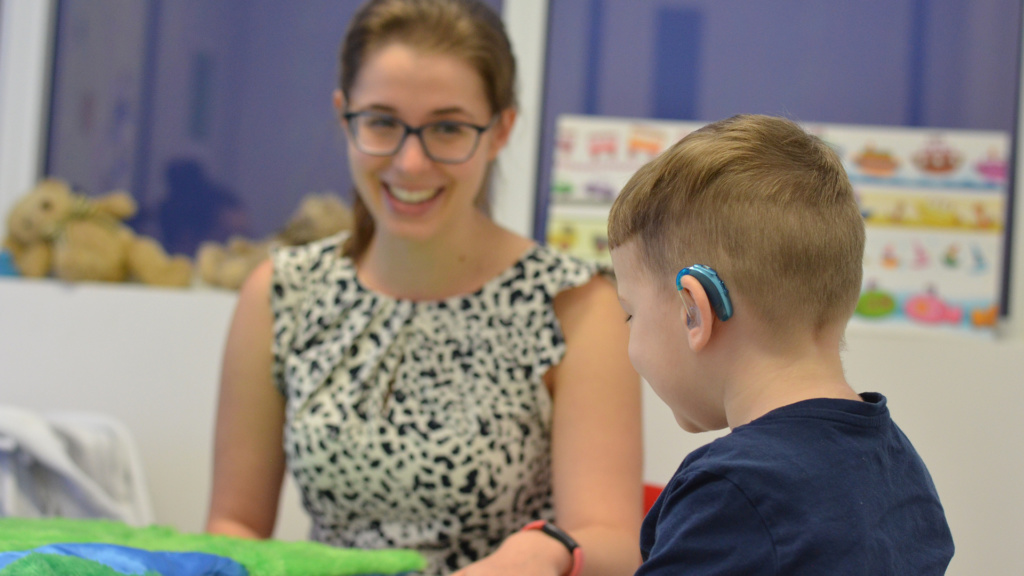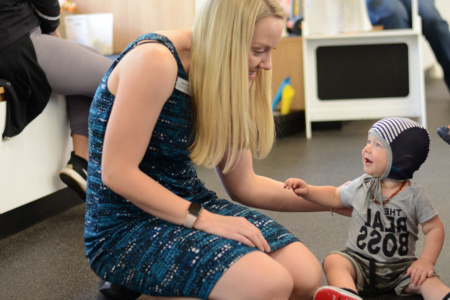Types of Lisps
There are four different types of lisps, each with distinct characteristics lisp sounds related to the tongue placement.
Interdental Lisp or Frontal Lisp - occurs when the tongue protrudes or sticks out between the teeth when making "s" or "z" sounds, resulting in a "th" sound.
Dentalised Lisp or Dental lisp - occurs when the tongue rests or pushes up against the front teeth, resulting in a muffled sound.
Lateral Lisp - occurs when extra air flows over the sides of the tongue instead of down the middle, resulting in a slushy lisp sound.
Palatal Lisp - occurs when the tongue tip touches the roof of the mouth (also called the soft palate) when making "s" or "z" sounds rather than behind the teeth.
Lisps can impact clear communication and self confidence. Untreated children's lisps can impact typical speech development, self esteem and lead to speech delay and cause other long-term speech errors.
What is an Interdental Lisp?
Interdental lisps are the most common in early language development. It is a speech sound error arising from the abnormal tongue protrusion between the front teeth that causes speech sounds to sound "muffled" or ''hissy''.
What is an Example of Interdental Lisping?
When a child produces a 'th' sound for 's', 'z', 'sh' sounds.

What Causes an Interdental Lisp?
There is no definitive answer, but there are a few factors that can result in interdental lisps such as unknown causes, anatomical issues or prolonged habits that can lead to disruptions to learning speech.
Some anatomical issues include cleft palate, tongue tie, misalignment of teeth that results in the abnormal forward tongue movement which distorts the speech sounds. Similarly, prolonged habits of thumb sucking or dummy use pushes the front teeth forward that causes a teeth misalignment and forward tongue placement as the child produces sounds like ‘s’, ‘z’, ‘sh’.
Other factors that may result in an interdental lisp could include hearing loss, cognitive difficulties which affects speech development.
When Does an Interdental Lisp in Children Start?
Interdental lisps can typically occur before four years before a typical child fully develops the ‘s’, ‘z’, ‘s’ sounds but if the lisp persists beyond seven years, further assessment by a speech pathologist is recommended as these sounds are usually developed by this age.

What are the Common Signs and Symptoms of an Interdental Lisp?
When you notice your child producing a 'th' sound for 's', 'z' sounds. For e.g. "thebra" for "zebra" etc. It might also be helpful to observe your child when he or she makes the 's' and 'z' sounds, as a common sign of interdental lisp, is when the tongue abnormally protrudes between the front teeth while making these sounds.
If your child has a prolonged habit of thumb sucking, dummy use, or has dentition problems, these might be common signs of an interdental lisp.
How is an Interdental Lisp Diagnosed?
An interdental lisp is usually diagnosed by a speech pathologist after a comprehensive assessment has been done on a child. This may include analysing their speech sounds, oromotor skills, hearing and general observations and parent interviews to gather more information to make an accurate diagnosis. A speech sounds assessment allows a speech pathologist to assess the types of speech sounds the child finds difficulty in. For e.g. an interdental lisp would suggest that the child is unable to produce 's', 'z', or 'sh' sounds.
An oromotor assessment takes place to provide more information about the child's muscle movement for speech in terms of strength and accuracy. It is also strongly recommended that their hearing is also checked, as a child requires good auditory perceptual skills to receive feedback about their speech and correct it if necessary. Through observations and case history interviews, the speech pathologist would be able to look out for any red flags that could indicate if an interdental lisp is present such as prolonged thumb sucking, poor dentition, tongue thrust etc.

How is an Interdental Lisp Treated in a Child?
These errors are usually treated in speech therapy sessions through articulation therapy that aims to provide the child with feedback and intensive practice to correct the way their mouth moves to say the sound. Speech language pathologists will often work up a hierarchy with the child from discriminating between different sounds to allowing them to practice producing the sound in syllables, words or sentences. Providing the child with auditory cues is often used throughout the therapy to raise their awareness about the sounds and placement of the structures in their mouth as they produce different sounds.
It is often recommended for a child to seek early intervention as prolonged outward movement of the tongue can reinforce the habit and distort the sound, which might be harder to treat and correct the neural pathways for the speech sound at an older age.
How Can I Help my Child who Has an Interdental Lisp?
It is often emphasized in therapy for the child to be able to hear and discriminate between the different speech sounds to raise their awareness and be able to monitor the difference in their own speech.
Hence, helpful ways to help a child with interdental lisp is to provide them with auditory and visual feedback for them to be aware and correct the sound if needed. For example, "I heard a 'th', let's try that again 'zebra'." or "Look where my tongue is, it goes behind my teeth" etc.
It is also important for your child to have regular practice at producing the speech sound with correct tongue placement for the error to be reduced permanently.
What are the Long Term Effects of an Interdental Lisp if Left Untreated?
Long term effects of a persistent interdental lisp may decrease a child's overall speech clarity, and this might not only affect their literacy and academic success but also their social interactions with others due to their decreased ability to be understood by their peers and other children.
When Should I Speak With a Speech Language Pathologist?
If you notice and hear that your child is consistently unable to produce 's', 'z', or 'sh' sounds, a further assessment by a speech language pathologist (also known as a speech pathologist or speech therapist) is recommended.
If you suspect your child has a lisp, a speech language pathologist can evaluate and recommend treatment tailored to the individual child. Most lisps can be treated successfully through early intervention and speech therapy.
If your child's lisp is identified at an older age, the habit of incorrect placement and tongue position becomes harder to break and correct sounds. It is still recommended to start therapy session and begin working on correction techniques as early as possible.








